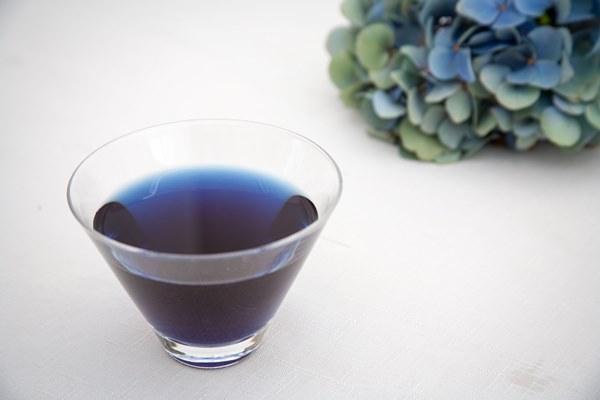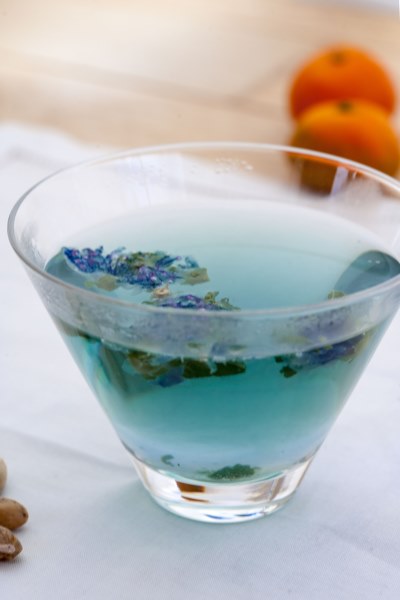Blue Butterfly Pea Flower Tea
Imagine tea the color of lapis lazuli and sapphires. The intense hue of butterfly-pea blossoms is the subject of my recent FT column, The Allure of Blue Flower Tea. I describe a traditional potion popular throughout South East Asia and give several suggestions on sampling these flowers.

“Would you like to try butterfly pea flower tea?” asked a friend, as we were getting ready to order drinks at a small restaurant in George Town. After several days eating and drinking my way through this charming town on the Malaysian island of Penang, I knew that I had to say yes. George Town’s legacy as a trading entrepôt is its blend of cultures — Malay, Chinese, Indian —that results in a diverse and vibrant cuisine. A standard hotel map will organise the town’s sightseeing locations by the different delicacies one can taste around its neighbourhoods, from noodle soups and seafood curries to coconut-scented cakes and dim sum. Of course, I had to try the butterfly pea flower tea. To continue reading, please click here.
Previously I also wrote about another blue-tinted tisane, this time from Estonia: Blue Mallow Tea.
The tea in my photo is brewed from Thai butterfly pea flowers. The image is in no way retouched–that’s really how vibrant the color is!
Photography by Bois de Jasmin














Joi in Giorgio Armani Mania : Long Lost Favorite Perfume: Yes!! January 25, 2024 at 2:54am